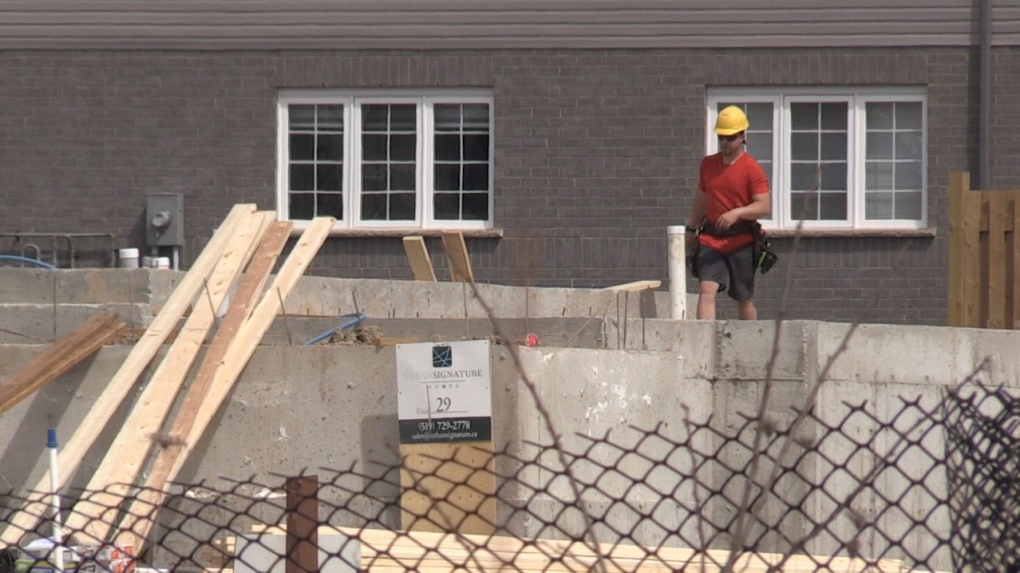The value of rights owned by the Queen’s property company to exploit the seabed around Britain’s coastline has swelled to £5bn after a record-breaking auction of plots for offshore windfarms.
Profits for the crown estate, which generates money for the Treasury and the royal family, jumped by £43.4m to £312.7m in the year to the end of March.
The total value of its portfolio, which includes swathes of the seabed around Britain and property on Regent Street, London, has increased by 8.3% to £15.6bn.
The estate’s first auction of its seabed licences in a decade helped to drive up the value of the portfolio.
The estate awarded licences for six offshore windfarms off the coast of England and Wales, which could generate up to £9bn over the next 10 years. The successful bidders included Germany’s RWE Renewables, which won two licences at Dogger Bank, off the Yorkshire coast, and two from a consortium which includes the oil company BP, which is also investing in renewable energy.
Quick Guide
How the Queen owns the seabed
Show
The Queen’s ownership of the British coastline is an ancient right, but her authority to collect royalties from offshore wind and wave power is much more recent. The crown’s full exploitation rights were granted by parliament in 2004.
Until the 1960s there was no formalised legislation declaring Crown ownership below the low-water mark. Until then, sovereignty was by convention and common law. In the eighteenth century, a three mile limit was adopted by most coastal states.
There were exceptions, like Soviet Russia, which claimed 12 nautical miles. In the twentieth century, this wider limit came into use across the world, including the UK, and it remains in place today.
The Queen’s marine domain stretches much further. It extends to the continental shelf, a zone up to 200m deep around the British Isles. To the east, the UK limit reaches halfway to the Netherlands and Belgium.
This is a relatively recent development. Until the late 1950s, government lawyers were wary of extending sovereignty, for fear this might draw attention to the fact that there was actually no formal legislation enshrining crown ownership below the low water mark. A decade after her coronation, the issue was being raised by the monarch herself. Following an audience with Queen Elizabeth in 1962, the Earl of Perth, crown commissioner, reported that “she had seen something about the Crown Estate taking over rights on land under the sea”.
The discovery of North Sea oil and gas was a catalyst, with drilling companies demanding clarity of ownership. In 1964, the Continental Shelf Act set the much wider boundary that remains in place today.
The ownership of oil and gas on land and at sea rests with the crown, but since 1934 the job of exploiting it, by setting royalties and assigning drilling rights, has belonged with government.
Wind power is different. From the first round in 2000, the leasing of wind farm plots was managed by the Crown Estate. Even then, demand was lively. The auction generated plans for 20 farms. All were confined to the 12 mile limit, because ministers felt that the UK could not use the 1964 act to permit big structures like turbines far out at sea without new legislation.
More space was needed if this green energy source was to grow. So in 2002, government lawyers suggested using a UN convention to create an “exclusive economic zone” for wind and wave power within the continental shelf boundary. A green paper asked for views on “the most appropriate body” in which to vest management of this new zone. The question was settled by the 2004 Energy Act; exploitation rights would remain with the crown.
Thank you for your feedback.
The government has yet to approve any of the projects. However, independent valuations of their potential income pushed up the value of the crown estate’s marine business by 22% on last year to £5bn. It is hoped the windfarms will be able to power 7m homes.
The crown estate hands all of its profits to the Treasury before 25% is returned to the royal household in the form of the sovereign grant – a funding formula that is currently under government review. The sovereign grant was increased in 2017, from its previous level of 15%, to pay for extensive renovations at Buckingham Palace.
The funding arrangement dates back to 1760, when George III reached an agreement to surrender his income from the crown estate in return for an annual fixed payment, now called the sovereign grant.
The Queen is not liable for tax on the sovereign grant but voluntarily pays tax on her private income from land owned by the Duchy of Lancaster and property she owns personally.
The £312.7m profit represents a significant bounceback on last year, aided by a step up in rent collection and an increase in offshore wind capacity, notably from the Triton Knoll windfarm, off the Lincolnshire coast, and Hornsea 2, off Yorkshire. But profits still fell short of the £345m raked in before the pandemic, which punctured the value of central London property.
The crown is on a drive to boost its income from the licensing of renewable energy projects such as static windfarms in shallow waters, carbon capture storage, and floating windfarm leasing. It hopes a floating windfarm planned for the Celtic Sea could generate up to 4 gigawatts of power.
The value of its London portfolio was flat at £7.7bn, underperforming its investment benchmark.
The crown estate’s finance chief, Robert Allen, said: “We’ve all got a job getting London back on its feet, frankly … we’ve got a lot of confidence in the long-term future of Regent Street.” He said footfall to its shops and restaurants was 38% of pre-pandemic levels last year.
Sign up to the daily Business Today email or follow Guardian Business on Twitter at @BusinessDesk
Dan Labbad, chief executive of the crown estate, added: “In London, we have played a role in its renewal and regeneration over centuries and we’re now focused on supporting the capital post-pandemic in retaining its status as a global city.”
The company said overall returns from its investments had outperformed a bespoke benchmark and it had generated more than £3bn for public spending over the last decade.
Labbad said: “We’re clear that our role is to work towards supporting the nation to address some of the economic, social and environmental challenges and opportunities that we face alongside delivering a strong return to the public purse.”
The company also owns 191,000 acres of land including Windsor Park, in Berkshire, where profits nudged up by £1m to £18m as visitor numbers bounced back from the pandemic.
Allen said the crown estate planned to invest between £500m and £1bn over the next decade in modernising its property estate and in improving its buildings’ energy efficiency.
https://www.theguardian.com/uk-news/2022/jun/16/queen-seabed-rights-swell-value-5bn-auction-windfarm-plots-crown-estate





